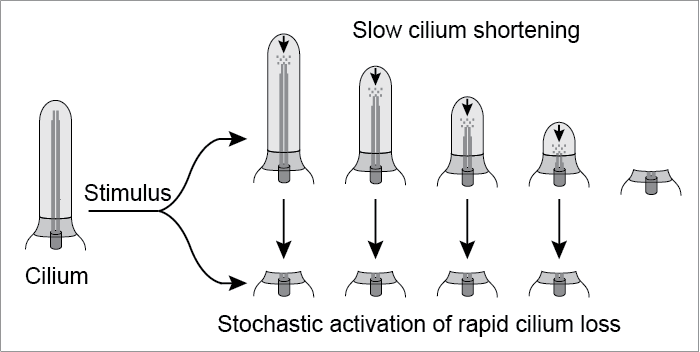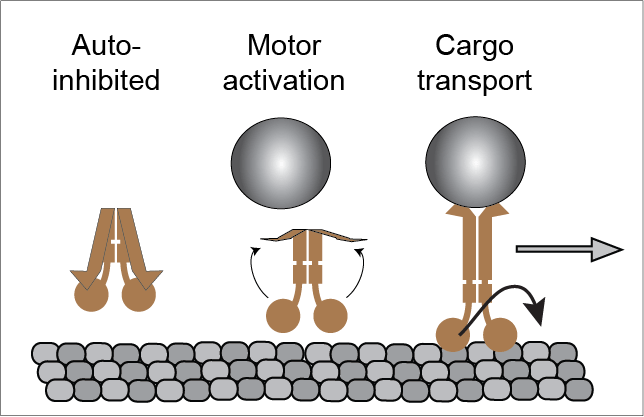Lay summary: The activity of proteins mediating biological processes has to be tightly regulated to achieve homeostasis (maintenance of a stable and balanced internal environment). We study the function of motor proteins, tiny molecular scale transporters, in building and a specialized structure called the primary cilium, protruding from most cells of the human body. Malfunctioning cilia are associated with many human diseases. On a molecular level, we study how the activity of the motor proteins is regulated, what kind of cargo they carry, and how they contribute to building and maintaining the ciliary structure..
Project 1
Delineate the mechanisms of cilium disassembly in response to external and internal cues.

Project 2
Determine the mechanism of kinesin-2 autoinhibition
